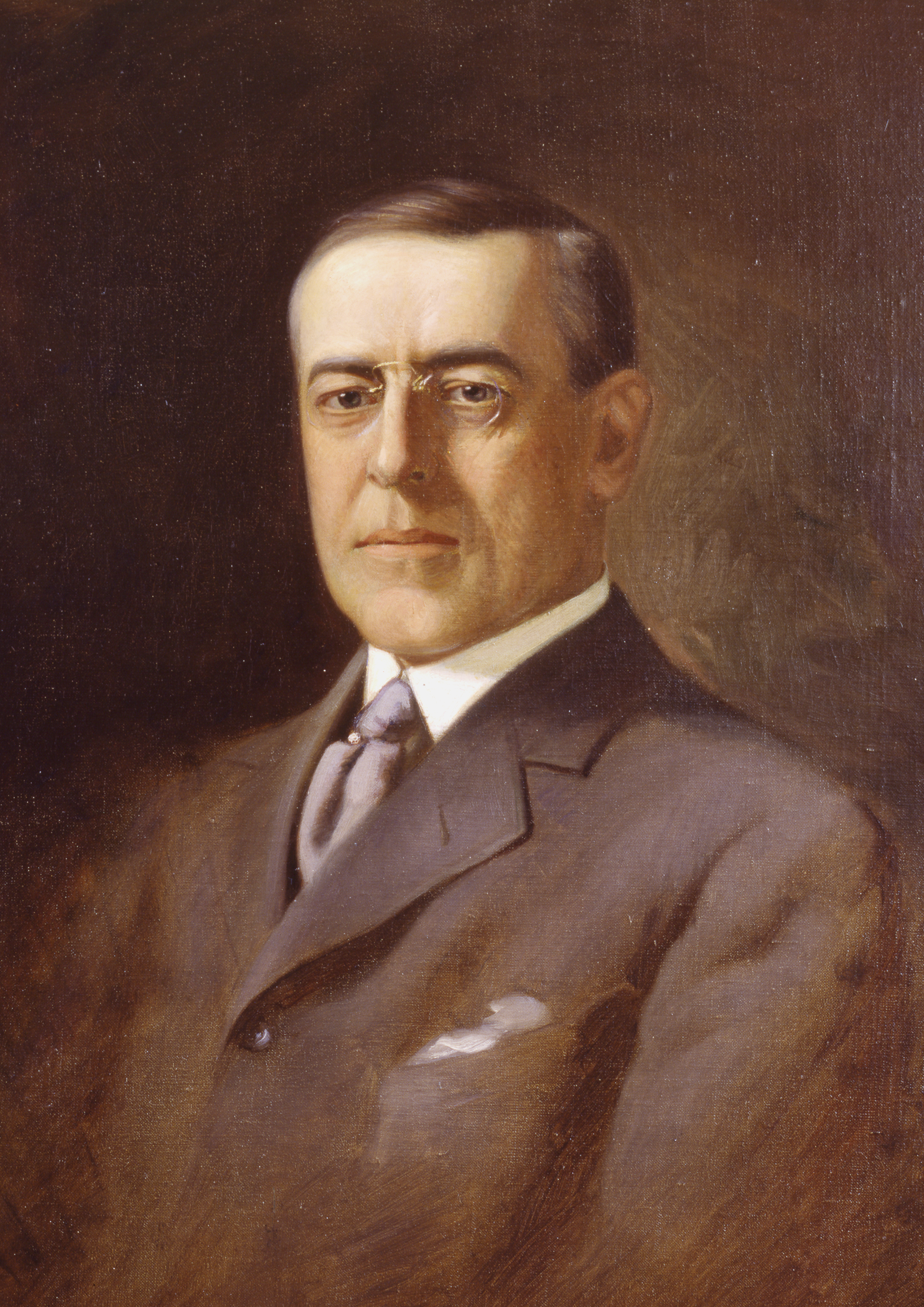Virginia on the Eve of War
In 1917, Virginia was largely rural and poor. Although there was a growing migration to cities, three out of four Virginians still remained on farms. While a war raged in Europe, most Virginians were as unresponsive to that conflict as they were to the “Progressive” impulse that emerged nationally to confront social problems resulting from industrialization and corruption in government. Despite the efforts of local progressive women, the majority of the white male population resisted political and social change, especially any movement toward racial and gender equality. At the time, tobacco, railroad, coal-mining, and timber industries dominated the state’s economy.
This article was featured in the Virginia Magazine of History & Biography, Vol. 126, No. 1 in connection with the The Commonwealth and the Great War exhibition.


